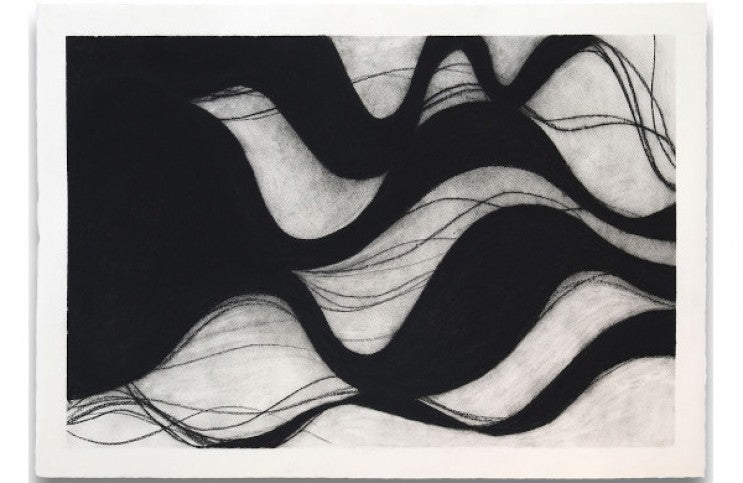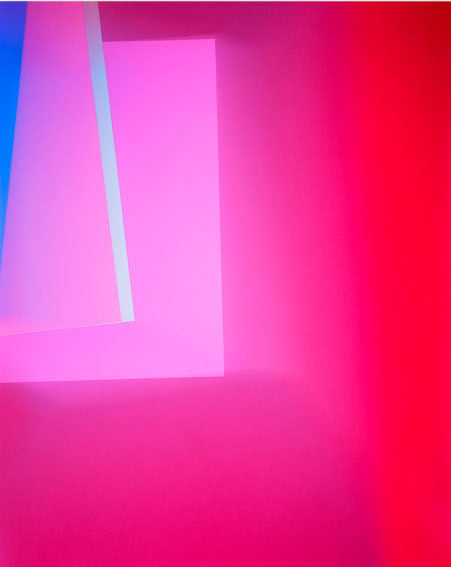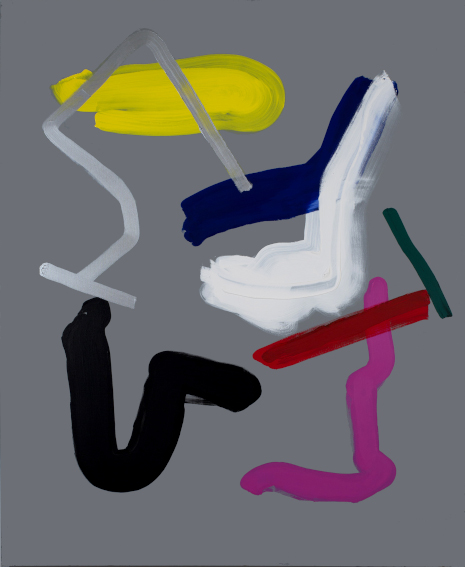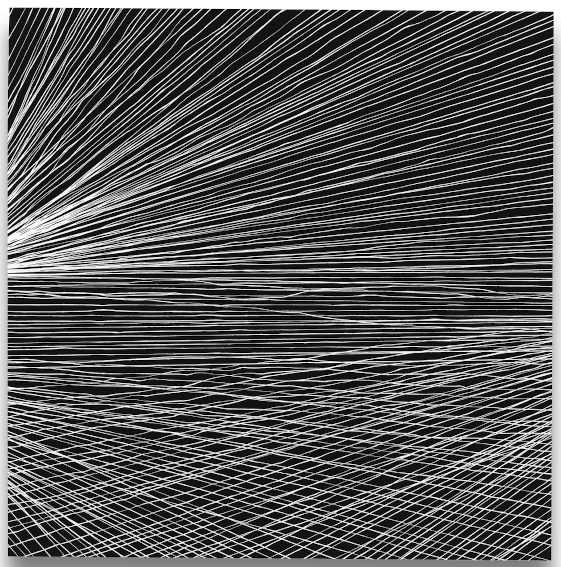
Drawn In: The Use of Line in Abstract Painting
Some painters profess that when it comes to the use of drawing in their work, there are only two traditions to follow: that of Matisse or that of Cézanne. Matisse’s lines define and often contain fields of color. His paintings evoke a sense of stillness, like a moment captured in time. Cézanne’s lines are less complete, more active, only partially delineating forms, allowing colors to move and expand into each other. His paintings suggest fluidity and motion, like time is passing before the viewer’s eyes.
Matisse and Cézanne do seem to have used drawing differently in their work. But are theirs really the only two approaches to drawing in painting? What about the use of drawing in abstract painting? What about Cy Twombly’s use of line? What about the appearance of lines in a Pollock drip painting? Can a drawn line be more than simply a container for color, space and time?
“Artists themselves are not confined, but their output is.”- Robert Smithson
Abstract painters seek to make new forms, new patterns and new shapes, but also to make new questions. In order to find new questions, they often rely on the techniques and tools of drawing as a way of separating, indexing, and traveling through their built worlds. Abstract painters use line not only as a method of representing imagery, but also as a way to bring perspective and dimension into undefined fields, to inhabit space, or sometimes to challenge it.
Line Is Space
The abstract artist Richard Caldicott demonstrates the idea that with enough width, line becomes form. In his painting Chance/Fall (4), a series of overlapping layers of luminous color appear to be delineated with lines. In the upper left of the image, a line enters then suddenly takes a sharp turn upward, widening as it rises and becoming a space of its own, inviting the eye into an expanded dimension where line has become space.

Richard Caldicott - Chance/Fall (4), 2010, 2010. C print. 127 x 101.6 cm.
Line Inhabits Space
The French abstract painter Frédéric Prat applies gestural lines onto the surfaces of his paintings, populating the predetermined, confined area of the painting’s surface with non-figurative drawings. Prat’s lines are active participants in space and time. Entirely dominating the visual field, they evoke something primitive, akin to microscopic alien life forms enlarged in a Petri dish. When drawn thinly and small, a line of any color appears black to the eye. In works like Gris 2014, Prat’s gargantuan lines confidently own their coloration. Overlapping and intermingling wildly and intuitively, they inhabit the space, occupying it with playfulness and bravado.

Frédéric Prat - Gris 2014, 2014.
Line Defies Space
Canadian abstract photographer Tenesh Webber creates layered, “camera-less” photos that rely heavily on line, and the space between lines, to create a sense of dimensionality and transcendence. Rather than being inhibited by the picture’s boundaries, Webber’s lines attack the image’s edge, denying their limitations. Works like String Burst and Fall ask what lay beyond the viewfinder of the image. For Webber, line creates momentum that carries her images beyond their own borders.

Tenesh Webber - Fall, 2014. Black and white photogram. 28 x 28 cm.
Line Traverses Space
There is a difference between using drawing for mark making and using drawing for shape making. In the service of shape making, drawing facilitates the emergence of shapes, forms or areas. In the service of mark making, drawing opens ways of invading, interacting with, traversing through and challenging shapes, forms or areas. The American abstract artist Margaret Neill is a mark maker. She intuitively introduces marks to her paintings, using the techniques and gestures of drawing to bring a sense of motion and vitality to her paintings. Neill’s Manifest series seems to document frantic moments in the nomadic existences of her lines, drawing a picture, as it were, of energy, anxiety and a sense flux.
“Drawing is like making an expressive gesture with the advantage of permanence.”- Henri Matisse
Matisse referred to his cutouts as drawings. Could Robert Smithson’s “Spiral Jetty” also be a drawing, using land and natural forces in place of paper and scissors? What are the boundaries of drawing? What are its potential uses? These are questions with which every art form grapples. Abstraction perhaps uses drawing differently than other artistic methods. But the value of drawing to abstraction is the same. Drawing creates a relic of humanness. A drawing is evidence of a choice, a moment in time when a body conveyed thought and feeling through line.
Featured image: Margaret Neill - Manifest, 2015. Charcoal and water on paper. 63.5 x 101.6 cm.






